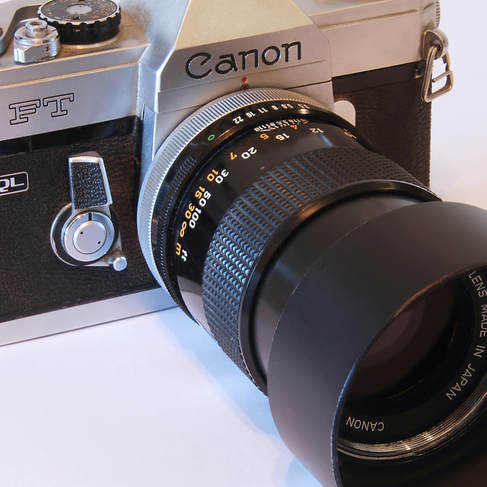Inventions & Discoveries
Many inventions were made in the medieval Islamic world, especially during the “Islamic Golden Age” (8th to 13th centuries), as well as the late medieval period. Here are a few that have had long lasting influence on our daily lives even today.
Algebra


Cameras
He called his invention “Qamara” and the name has been used ever since. It was based on previous descriptions of the phenomenon by Aristotle and Chinese texts. Today we refer to this as a “Camera Obscura” and while it does not actually record images as do modern cameras, the basic principals of optics and light discovered and recorded by Ibn Al-Haytham are what allow all cameras to operate.
The First University
Al Quaraouiyine was founded with an associated madrasa, in 859 by Fatima al-Fihri, the daughter of a wealthy merchant named Mohammed Al-Fihri. The Al-Fihri family had migrated from Kairouan (hence the name of the mosque), Tunisia to Fes in the early 9th century, joining a community of other migrants from Kairouan who had settled in a western district of the city. At that time, the city of Fes was the capital of the Idrisid Dynasty.
The school still exists and is now a state university. It is 1159 year old.

More inventions and innovations
8th century
Tin-glazing
9th century
Lusterware
Lustre glazes were applied to pottery in Mesopotamia in the 9th century; the technique soon became popular in Persia and Syria. Earlier uses of luster are known.
Frequency analysis in cryptology
the first known recorded explanation of cryptanalysis was given by Al-Kindi (also known as “Alkindus” in Europe), in A Manuscript on Deciphering Cryptographic Messages. This treatise includes the first description of the method of frequency analysis.
Lusterware
10th century
Vertical-axle windmill
11th century
Mercuric chloride (formerly corrosive sublimate)
12th century
Bridge mill
Hybrid trebuchet
13th century
Fritware
Emirate of Granada
14th century
Hispano-Moresque ware
Ottoman Empire
15th century
Coffee
Iznik Pottery
16th century
Hookah or Waterpipe
Hookah or Waterpipe
Get in Touch
Thank you for visiting our site. Please feel free to contact us if you want more information about NIIMS. Let us know if you are interested in scheduling a field trip, would like to gain access to our online curriculum, or have any questions.
Address
5999 New Wilke Rd.
Rolling Meadows, IL 60008
Get Directions
Contact Us
(847) 378-8200
[email protected]
Follow Us
Subscribe to our Newsletter
Stay up-to-date with the NIIMS newsletters and never miss a thing!
By submitting this form, you are consenting to receive marketing emails from iimac.org
